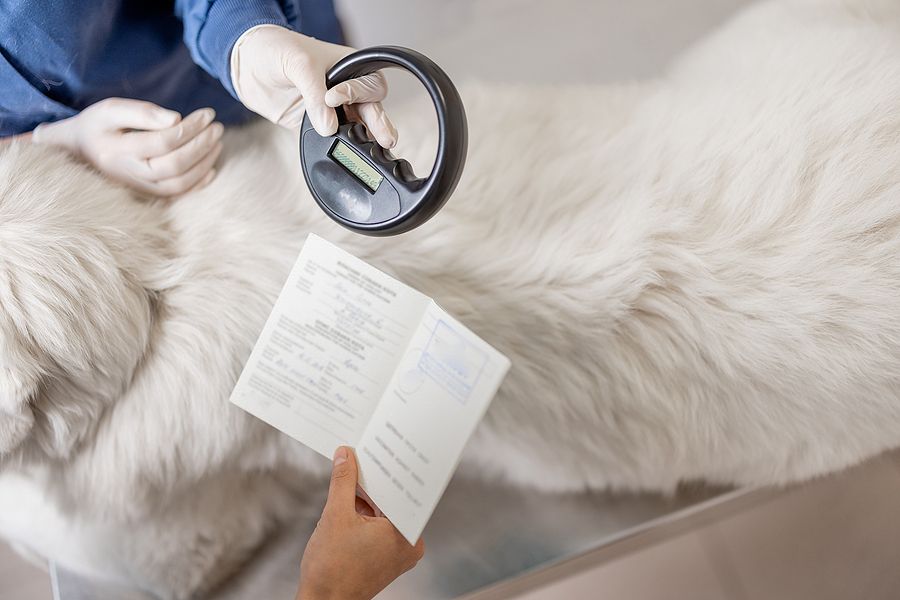Is Microchipping a Must?
Technology has come a long way. That's true in every aspect of our lives, and more recently, in how we protect and locate our pets.

Even the most careful pet owners are bound to make mistakes. Moreover, pets can have an uncanny ability to get to the places they want to be, even if it is somewhere they are not supposed to be. While we would like to trust that a collar and a tag will get our pets back home safe, there is no guarantee.
That's where microchips come in. Microchipping has become a popular way of protecting and locating our pets, but we know you may still have some reservations. This article will go over what you need to know about microchipping.
What is microchipping?
A pet microchip is a small (the size of a grain of rice) glass cylinder that is inserted via injection in between a pet's shoulder blade. The purpose of a pet microchip is to be able to locate the owner/s of said pet if the pet were to get away. This is done with a specialized scanner that activates the microchip when brushed over. The chip contains the phone number and registry number of the person who registered it. This allows a shelter or vet to contact the owner so they can retrieve their pet.
Is it safe?
Yes. In fact, it is more common than not these days for a pet to be microchipped while they are being spayed or neutered. Because they are not conscious during the procedure, they don't even feel it. And, because of the location of the dog microchip, they feel it less and less as time goes on. In fact, the muscles of your pet form around the chip in about 24 hours, keeping it firmly in place.
Do you have to microchip your pet?
That depends on where you live. If you are in Australia or the United Kingdom, then yes, it is required. In the United States, it is optional, as it is in most of Canada — yet certain regions in Canada do require that your pet is microchipped.
Am I guaranteed to get my pet back if they are microchipped?
Sadly, no. While microchipping is a great option for locating your pet, it is not foolproof.
It is more likely for a neighbor or someone who isn't a vet to find your pet. The chances of them owning a scanner that can read a microchip are slim. Because of this, the traditional system of collaring and tagging is still recommended and your best bet at making sure that your pet returns home if lost.
Other reasons involve the technology itself. Universal scanners are relatively new, which means that your pet might wind up at a vet or shelter that has a scanner that won't recognize their chip.
It is also possible for a pet to have a matching ID number as a different pet, as there used to be several registries through the different scanning companies.
Another possibility, though rare, is that the chip itself migrates inside the animal. Once this happens, it can become impossible to locate.
What are some of the benefits of microchipping?
While a microchip isn't a foolproof measure to get your pet back, it is recommended for many reasons.
Most animal shelters and veterinary clinics will have scanners to help locate the owner of a pet. Oftentimes, so will police or fire departments.
Once the microchip is placed, it is there for life. If the worst happens, you at least have hope that your animal will make their way to a shelter.
The lifespan of a microchip is designed to be 25 years, so once it is inserted, you will likely never have to replace it.
You can change your information through your registry whenever you need to. It is inexpensive.
It is a quick and mostly painless procedure for the animal.
It's better for employees of shelters and clinics. Animals with microchips are returned much more quickly to their proper homes than animals without.
If you are in the Jacksonville area and have more questions about microchipping, please contact Forever Vets today!


